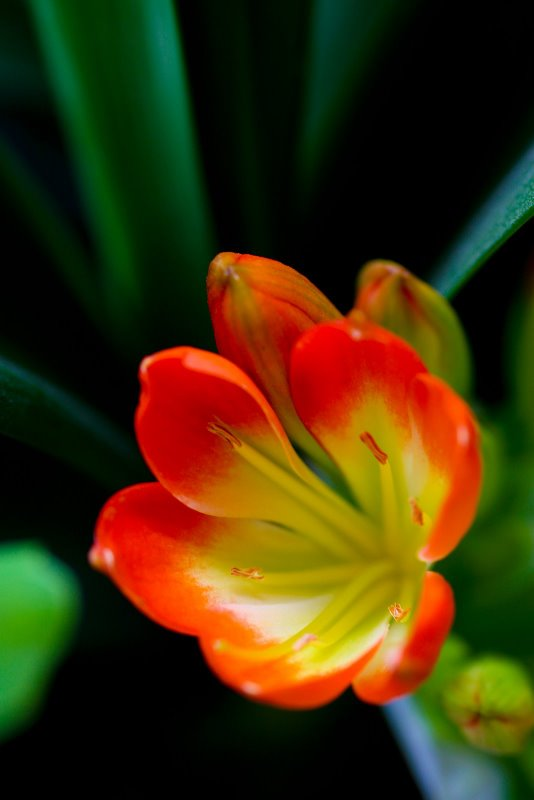
In 1979, "People's Daily" launched a general discussion on the material and the spirit. It published a series of articles, under the general heading, "On Restoring Honour to the Character of the Rich". Public talk of earning money and becoming rich had previously been taboo, but now they were becoming topics of daily conversation. The introduction of contracted production quotas for individual households in the rural areas had allowed some farmers to become wealthy. And in the industrial cities such as Changchun, a new climate was emerging.
Guo Fengyi used to work as a maintenance engineer at an automobile factory. But in the 1960s he became a fish merchant, and was also involved in several other small private businesses.
Guo Fengyi said, "It was so tiring, breeding fish. I had to get up early and stay out late to catch food for the fish. Growing kafir lilies was easier and also more profitable."
At the flower markets of Changchu, the kafir lily, which had previously been found only in the puppet Manchukuo palace, was becoming a popular favourite. Its appeal stemmed not just from its reputation as ‘the gentleman of plants', however. The kafir lily was at the centre of a vast money-spinning operation.
Guo Fengyi said, "I won't make any high-sounding claims. I wasn't growing kafir lilies to admire them, or anything like that. I just wanted to make money. A good plant fetched 8 yuan. It wasn't cheap. You can calculate. Say you need more than 100 seeds to grow one plant. How much money do you have to pay? No one was earning much at the time. Hardly anyone even had a few thousand yuan – that would be the equivalent of being a millionaire today."